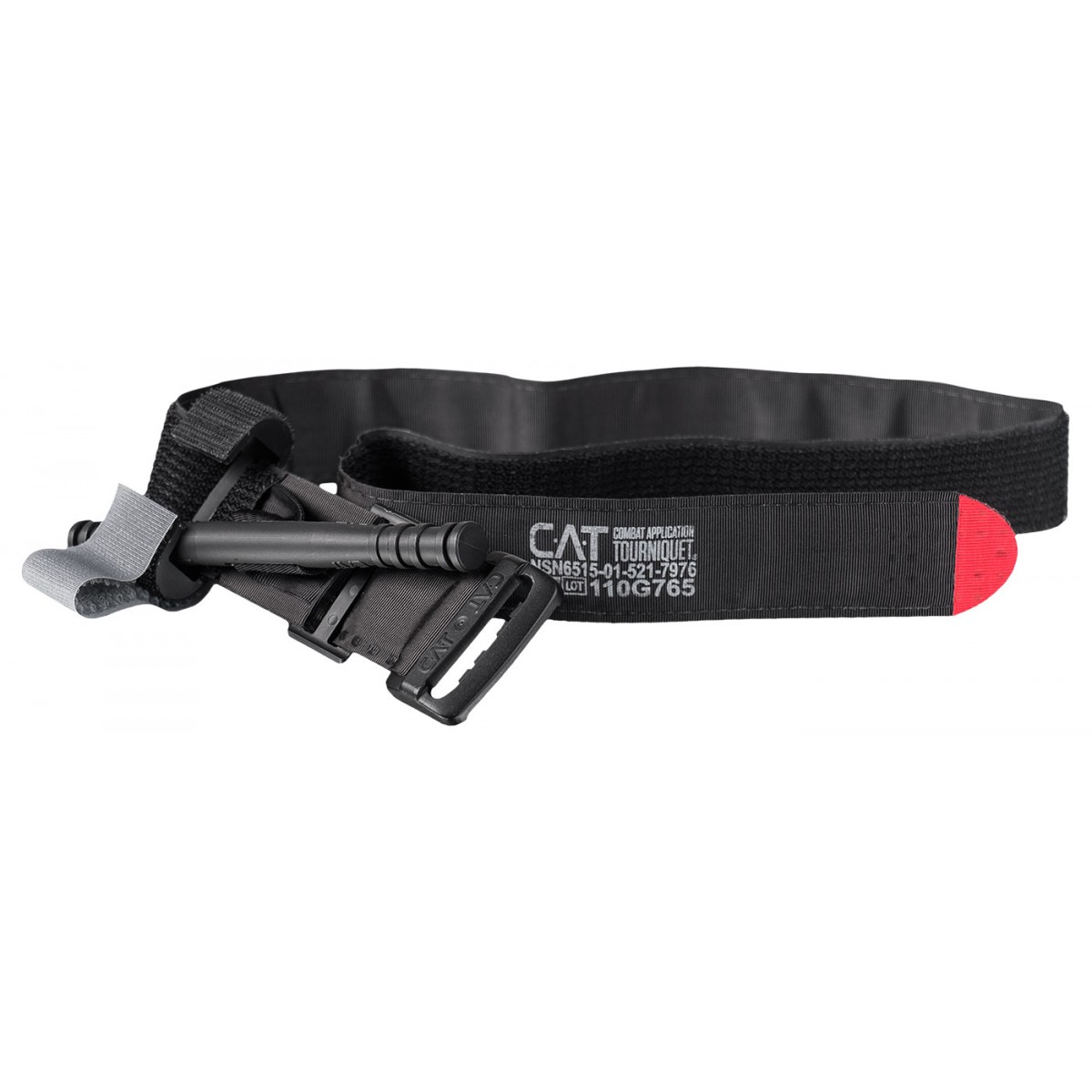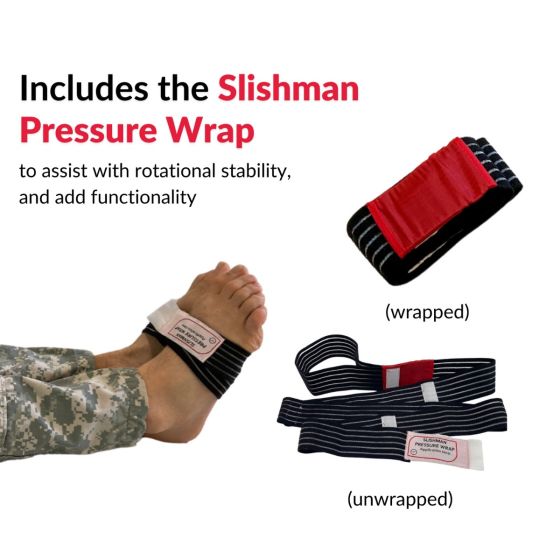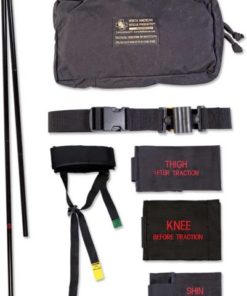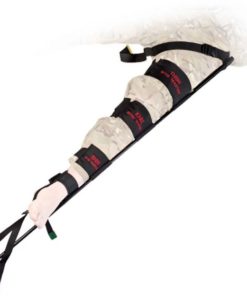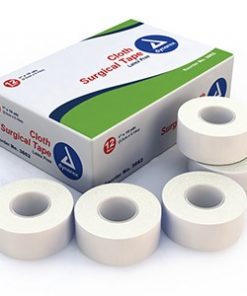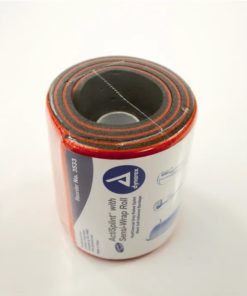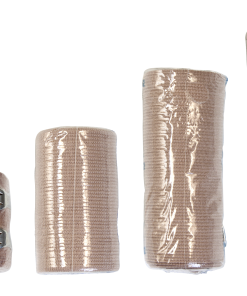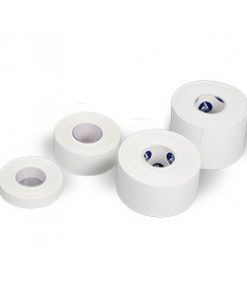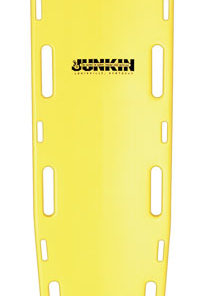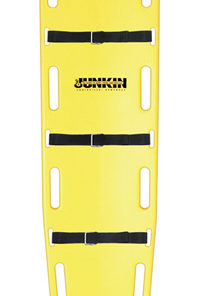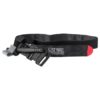The STS was developed by Dr. Sam Slishman at the University of New Mexico to overcome many of the operational difficulties and limitations of older traction splints. The innovative STS design has the traction mechanism positioned at the patient’s hip. Femur traction is applied through the extension of the pole segments creating a pushing force on the ankle strap instead of pulling distally from the foot. This innovative design change provides a number of outstanding benefits over conventional traction splints.
The STS Does Not Extend Beyond the Foot
The traction splint stays anatomically contained from the patient’s hip to ankle, there’s no extension beyond the foot. This eliminates the issues of not being able to close the ambulance door or not being able to fit patients into aircraft because of the traction splint. When extricating a patient, the splint stays contained within the litter, basket or board reducing the risk of the splint striking anything during movement or hoisting.
60 Second Patient Application
The unique design of the STS makes it the fastest splint available to apply. No poles to assemble or mechanisms to set up. Many departments find that they can easily apply the STS to the patient in less than 60 seconds. No delay in patient transport or having to choose not to splint because it will take longer to splint than transport to the ER.
The STS is Not Contraindicated in Lower Leg Injury or Amputation
While other traction splints are contraindicated when a patient has lower leg injury, the STS’s unique design allows the ankle strap to be alternately positioned proximal to the calf. This allows femur traction to still be applied and leaves the lower leg accessible for splinting or bandaging. No reason to forego traction splinting because the patient also has lower leg trauma.
One Size Fits All
The STS fits both adults and peds. No need to carry two different splints. If your system requires you to carry two traction splints, two STS splints can be carried for bi-lateral splinting of both peds and adults.
Lightweight and Compact
The STS weighs only 13 ounces and is 13 in. long. It doesn’t take up much space in vehicles or aircrafts and can easily be strapped to trauma bags and backpacks.
Traction Mechanism Accessible During Transport
If traction adjustment is needed while enroute the STS traction adjustment is accessible at the patient’s hip, not jammed against the door or airframe at the patient’s foot.
Radiolucent
The STS is radiolucent. No need to remove the splint for imaging or reapplying the splint afterwards. The patient can go all the way to surgery with the splint on.
- The Slishman Traction Splint weighs 13 ounces (765 grams) in the case
- The length of the packed splint is 13 in.
- Single connected device—no loose parts
- Telescoping poles are made of light weight, high tensile strength 6061 aluminum
- Traction cord is 550 paracord
- Aluminum is barely visible on X-ray. Thumb screws on locks are steel and are visible on X-ray
- Corrosion and shock resistant
- Temperature stable
Dimensions:
- L 13 in. x W 3 in.
- Weight: 0.81 lbs
Related products
Tapes, Wraps & Splints
Tapes, Wraps & Splints
Tapes, Wraps & Splints
Tapes, Wraps & Splints
ActiSplint with Sensi-Wrap features with Self-Adherent Bandage (Black) 2″ × 5 yd.)
Tapes, Wraps & Splints
Tapes, Wraps & Splints
Back Boards & Rescue Baskets
Back Boards & Rescue Baskets


